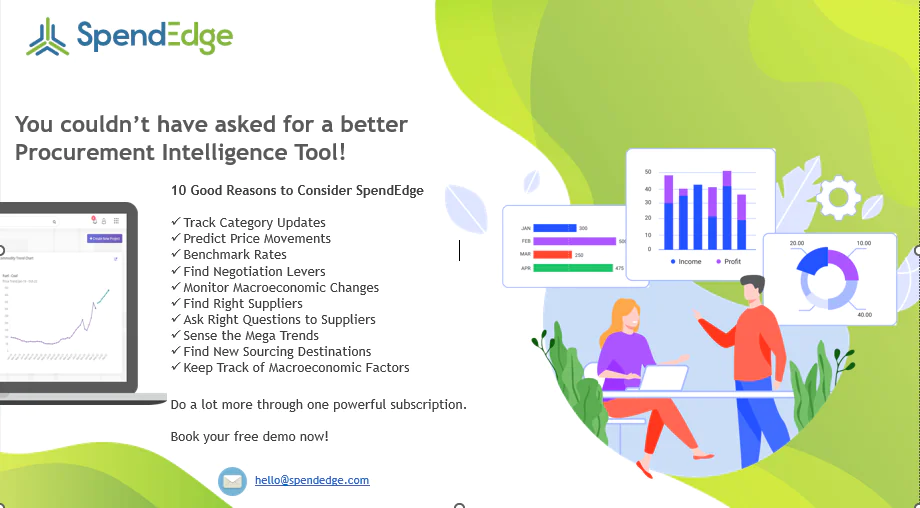Introduction
The manufacturing industry is experiencing a significant transformation fueled by rapid advancements in digital technologies and artificial intelligence (AI). Traditional production methods are being replaced by smart, connected, and highly efficient operations. This surge in digital and AI technology is revolutionizing modern factories, boosting productivity, reducing costs, and maintaining competitiveness in a dynamic market.
Digital transformation in manufacturing involves incorporating advanced digital technologies like the Internet of Things (IoT), cloud computing, and big data analytics into every facet of the manufacturing process. These technologies enable the continuous collection and analysis of real-time data, enhancing operational efficiency and adaptability. Factories can monitor equipment performance, schedule predictive maintenance, and manage inventory precisely, optimizing resource allocation and streamlining production.
AI plays a crucial role in this transformation by providing tools for predictive maintenance, quality control, and process optimization. AI-driven systems use machine learning algorithms and advanced analytics to identify patterns, detect anomalies, and make data-informed decisions. This improves overall equipment effectiveness (OEE) and minimizes downtime by predicting equipment failures, scheduling optimal maintenance, and ensuring consistent product quality.
The synergy between digital technologies and AI is ushering in a new era of smart manufacturing, making factories more agile, efficient, and responsive to customer needs. This transformation allows for flexible production processes, real-time adjustments, and rapid customization to meet market demands. As a result, manufacturers can improve operational efficiency, reduce costs, and enhance competitiveness, positioning themselves stronger in the global market.
The role of lean principles in modern manufacturing
Overview of lean principles and their limitations in modern manufacturing
Lean manufacturing aims to optimize processes and eliminate waste to create more value for customers with fewer resources. At its core, lean manufacturing focuses on maximizing value while minimizing waste, leading to improved efficiency, quality, and customer satisfaction. The principles of lean manufacturing, including just-in-time production, standardized work, pull production, continuous improvement, and visual management, have fundamentally reshaped manufacturing processes.
However, the evolving manufacturing landscape presents new challenges. Modern manufacturing involves increasingly complex supply chains with global sourcing, intricate logistics, and a growing network of suppliers and partners. This complexity can hinder the implementation of traditional lean practices like just-in-time production, which depend on predictable and stable supply chains.
The rise of emerging technologies
Advanced technologies such as automation, robotics, and Industry 4.0 solutions are transforming manufacturing. These technologies can enhance efficiency and reduce waste, complementing lean principles, but they also require manufacturers to rethink their processes. By adapting and evolving their lean practices to meet the demands of the changing manufacturing landscape, forward-thinking organizations are positioning themselves for long-term success. Digital technologies and AI play a crucial role in this evolution, enhancing and complementing lean principles.

The role of AI and digital technologies in modern factories
The manufacturing landscape is undergoing a profound transformation, driven by the integration of advanced digital and AI technologies. These innovative solutions are revolutionizing the way factories operate, enabling greater efficiency, flexibility, and responsiveness.
Role of advanced digital and AI technologies:
Case studies of digital and AI transformation in factories
| Case study: Successful digital transformation at Siemens Amberg Electronics factory: |
| Background: Siemens’ Amberg Electronics factory, located in Amberg, Germany, stands as a benchmark in digital manufacturing and smart factory operations. This facility is a quintessential example of how the integration of the IoT, data analytics, and advanced automation technologies can revolutionize production processes, enhance quality, and reduce costs. |
| Digital transformation: The Amberg factory has undergone a comprehensive digital transformation, leveraging cutting-edge technologies to streamline and optimize manufacturing processes. The implementation of IoT devices and sensors throughout the production line allows for real-time monitoring and data collection. This data is continuously analyzed using advanced analytics and machine learning algorithms, enabling predictive maintenance, real-time quality control, and dynamic production adjustments. |
| Results: The factory boasts a remarkable 99.9% production quality rate The digital systems in place have led to a 25% reduction in production costs The factory utilizes a high degree of automation, with more than 90% of processes being handled by robots and automated systems The factory is capable of producing over 1,200 product variants and can handle 350 production changeovers per day With a throughput of 17 million components per year, it is one of the most productive factories in the world |
| Case study: Schneider Electric’s Le Vaudreuil factory’s success using IoT, data analytics, and automation technologies: |
| Background: Schneider Electric’s Le Vaudreuil factory, located in Normandy, France, is a leading example of how digital transformation can enhance industrial operations. |
| Digital transformation: Le Vaudreuil factory’s digital transformation is centered around the implementation of IoT, data analytics, and automation technologies. The factory utilizes predictive maintenance techniques powered by AI to forecast equipment failures and schedule proactive maintenance. These innovations have streamlined operations, optimized maintenance processes, and fostered a collaborative environment between human workers and robots |
| Results: Productivity increased by 20% due to the integration of collaborative robots Production cost reduced by 10% Implementation of AI-powered predictive maintenance techniques led to a 30% reduction in maintenance costs Manufacturing efficiency has been increased by 9%, while field failure reduced by 48%, and lead time by 67% Implementation of a zero-reject water recycling station connected to cloud analytics monitored by AI resulted in a 64% reduction in water usage IIoT sensors and digital platforms optimized energy management, leading to a 4% reduction in power consumption/year and a 25% decrease in CO2 emissions. |
| Case study: Procter & Gamble’s Mehoopany factory’s success using digital and AI technologies: |
| Background: Procter & Gamble’s Mehoopany factory in Pennsylvania stands as a prime example of how leveraging AI and advanced analytics can revolutionize manufacturing processes. This factory, one of P&G’s largest production facilities, produces a wide range of consumer goods, including paper products like Bounty and Charmin. |
| Digital transformation: To enhance its production processes, the Mehoopany factory has adopted several state-of-the-art technologies. Machine learning algorithms are used to foresee equipment failures before they happen. Advanced data analytics tools monitor production in real-time, allowing operators to quickly adjust processes for optimal performance and reduced waste. IoT devices and smart sensors are installed throughout the factory to continuously gather data on machine performance, environmental conditions, and product quality. This data is then analyzed in real-time by AI systems. Additionally, the factory employs digital twin technology to create virtual replicas of its physical assets, which are used to simulate and optimize production processes, predict maintenance needs, and improve decision-making. |
| Results: Predictive maintenance has led to a 20% reduction in unplanned downtime The factory witnessed a 12% increase in overall equipment effectiveness The reduction in downtime and improvements in efficiency translates to substantial cost savings Real-time monitoring and data analytics ensured consistent product quality Optimized production processes contributed to sustainability goals by reducing waste and energy consumption. |
Challenges and solutions in implementing digital and AI technologies
While the potential benefits of digital and AI transformation are clear, manufacturers face several challenges in implementing these technologies effectively. To overcome these obstacles and unlock the full potential of digital and AI, manufacturers must address key barriers and adopt a comprehensive approach.
Future trends and conclusion
As the digital and AI transformation continues to reshape the manufacturing industry, several cutting-edge technologies are poised to further enhance the capabilities of modern factories, ushering in a new era of smart, connected, and highly efficient manufacturing.

Future digital and AI technology trends:
As emerging technologies continue to advance, the future of manufacturing will see deeper integration of digital and AI technologies, leading to more autonomous, responsive, and adaptable factories. AI, IoT, advanced robotics, and big data analytics will create smart factories where machines and systems communicate, make real-time decisions, and optimize production processes autonomously.
Predictive maintenance will become more accurate, reducing downtime and extending machinery lifespan. AI-driven quality control will ensure higher standards and consistency, minimizing defects and waste. Supply chain management will benefit from real-time tracking and data-driven insights, improving inventory management and response to disruptions.
The workforce will also undergo significant changes. The workforce will need new skills to collaborate with advanced technologies and manage complex, automated systems. Continuous training and upskilling will be crucial to keep pace with technological advancements.
In conclusion, the surge in digital and AI technologies is transforming modern factories into smart, connected, and highly efficient operations. By integrating these technologies with lean principles, manufacturers can achieve unprecedented levels of productivity, quality, and customer responsiveness. This transformation enhances operational efficiency, drives innovation, and fosters sustainable growth and competitiveness in a dynamic market.





